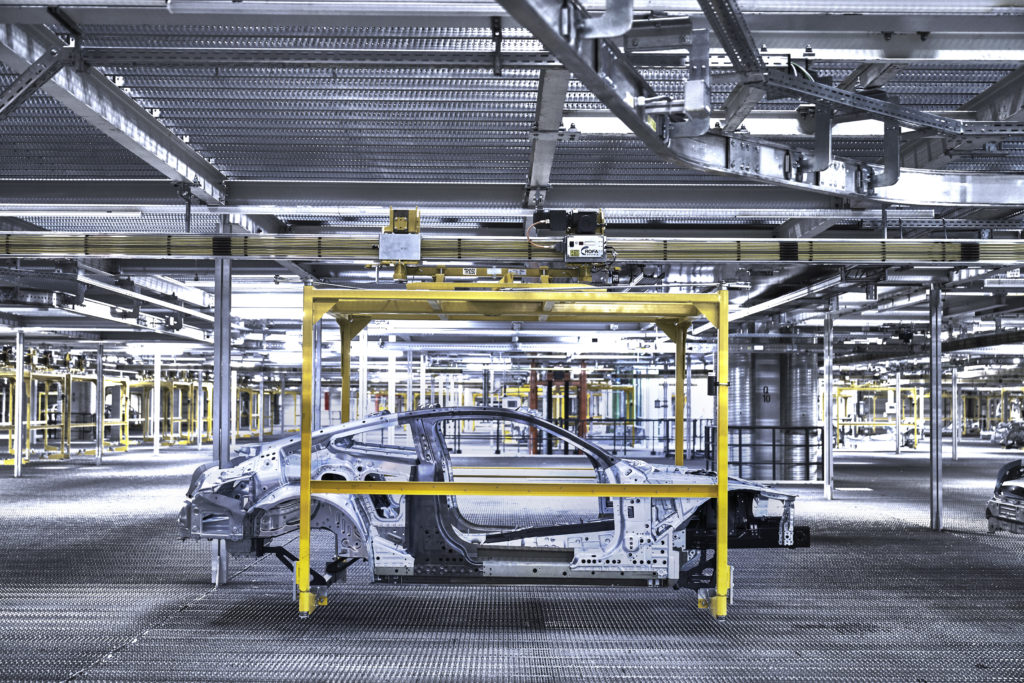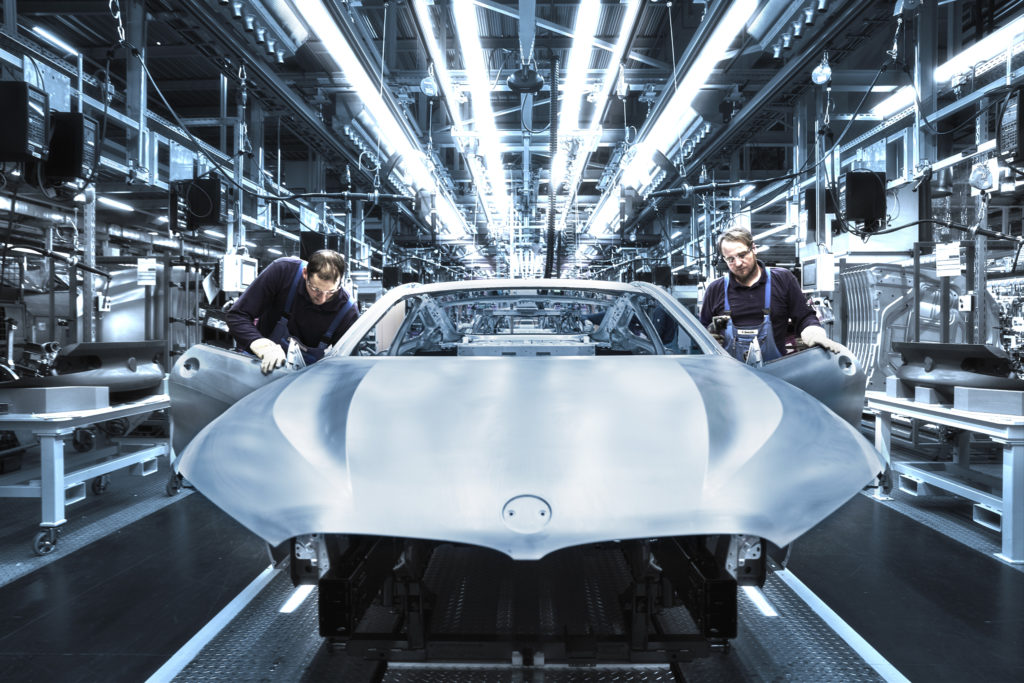In preparation for the first official unit sales which are scheduled for November, manufacturing of the new 8 Series has begun at BMW Group Plant Dingolfing. The facility, which is used by some 18,000 employees and another 800 apprentices, is among the most capable within the BMW production system, and also manufactures the 5 Series, 7 Series and bodies for Rolls-Royce vehicles.
According to Dr. Andreas Wendt, chief of the plant, the site is uniquely qualified to handle production of the returning top-line series, thanks to its expertise in building other luxury platforms. Among other things, an innovative wet-pressing technique is employed at the facility to produce carbon fiber reinforced plastic like that which will be used in the roof of the M850i xDrive, a first for any serial-production non-M BMW.

In addition to the M850i, an 840d will also be among model offerings available in November, but only in Europe and other markets outside the U.S. The two different choices will certainly appeal to varied market segments, with the former oriented as a performance luxury coupe to help kick off the return of the 8 Series as a range-topping competitor, while the latter will help to bolster sales in Europe where Diesel-engined upmarket vehicles remain commonplace. Both variants will come standard with xDrive which makes all-weather use possible, while BMW lists additional benefits in the form of superior traction along with low fuel consumption for the diesel.
A number of other advancements are also taking place behind the scenes of the actual manufacturing process, which are quite interesting in their own right. Beyond the flexible production structures that BMW uses in places like Spartanburg, South Carolina as well as Dingolfing, Germany, which translate to the new G15 platform coming off the same line as the G11 7 and G30 5, the logistics and assembly processes have been digitized. The transition happened simultaneous to the production ramp up for the new eight, and in simpler terms, BMW has taken another massive step towards mitigating the potential for human error. Some brief examples include autonomous transportation of parts from logistics to the assembly line, while at the end, collaborative robotic systems are employed to measure things like panel gaps and other finite tolerances.
Wearable technology and virtual reality are also playing some important and game-changing roles. For body support staff, where technicians are already wearing a ProGlove smart scanner, what’s referred to as an, “exotics alarm” is joining the arsenal. The alarm triggers a notification on a vibrating smart watch, which prompts the techs to prepare for a special order build which was specced with non-standard equipment, requiring specialized attention. Virtual reality is also being used for the first time in training an assembly staff. Highly-detailed VR renders are viewed by the workforce through VR glasses, giving them an entirely new perspective on the parts they’ll be joining together.

The YouTube video below posted by BMW Group goes through the assembly process starting from the end and working back. Even for those well-versed in how the marque manufacturers their products, the two-minute clip is a good one that highlights some of the special attention being given to the new 8 Series. Viewing things as they happen in reverse is another neat idea which makes for a unique perspective, that those with LEAN production knowledge will surely appreciate.—Alex tock
[Photos and video courtesy of BMW Group.]





















